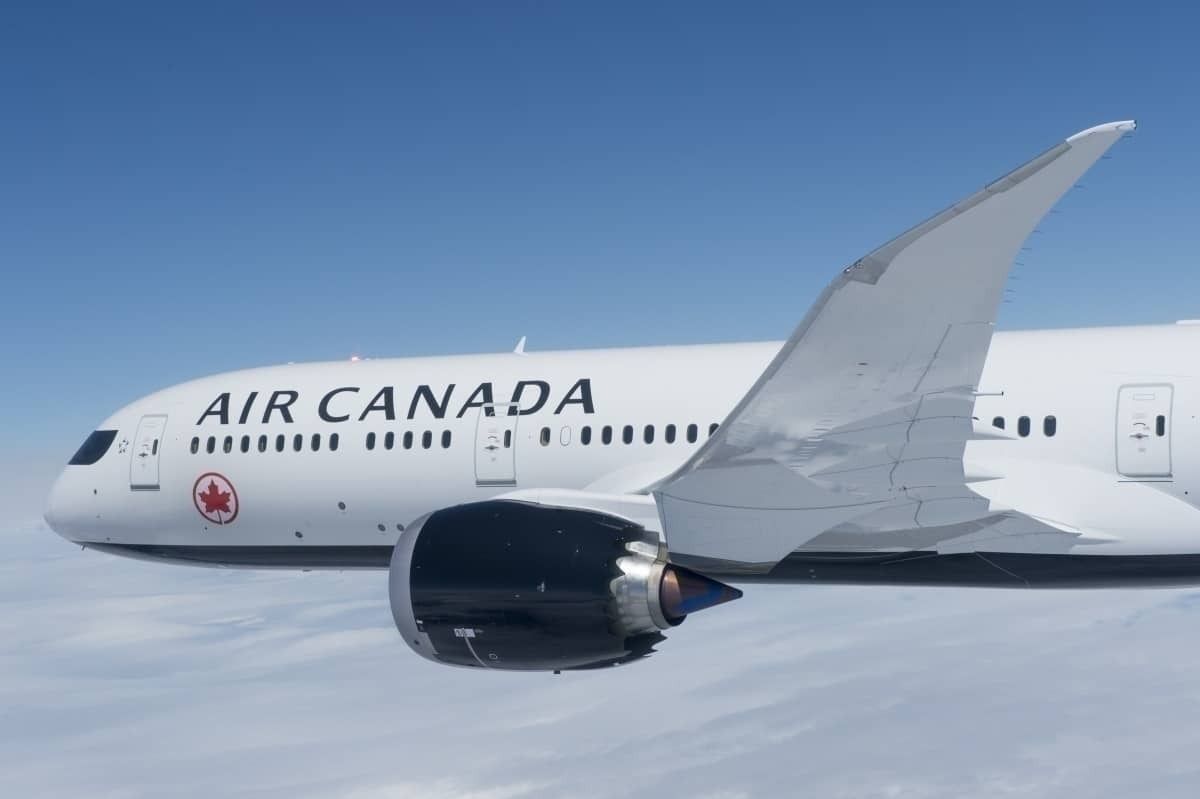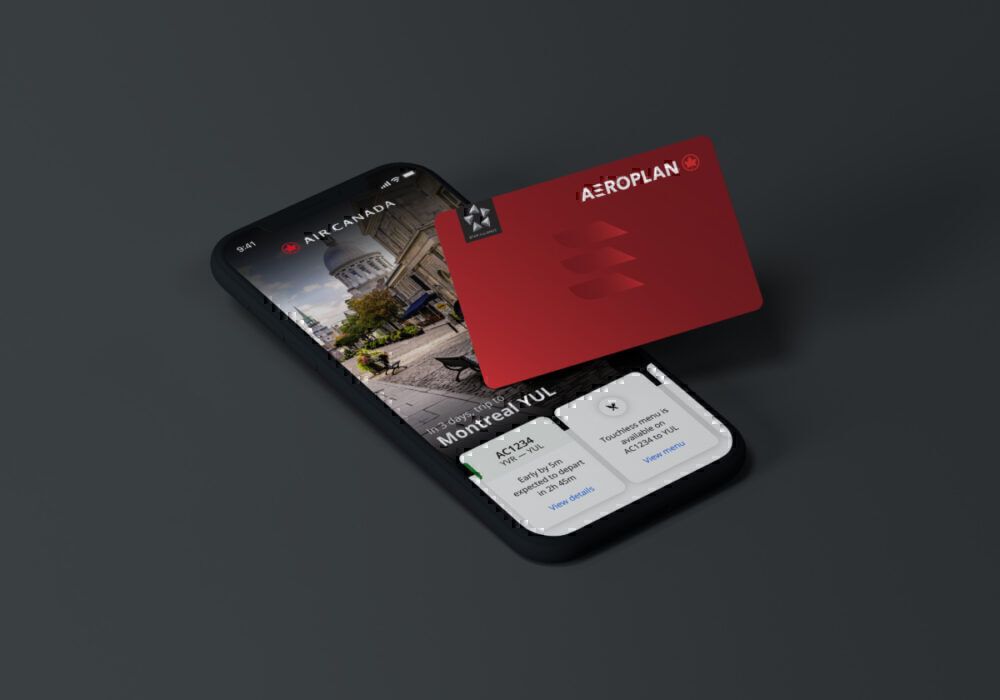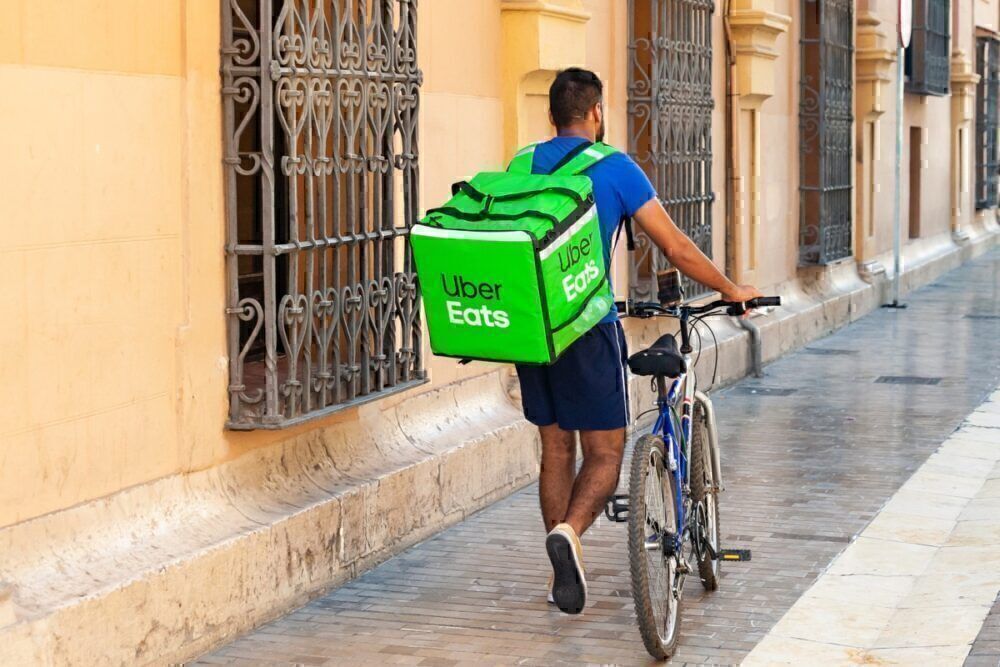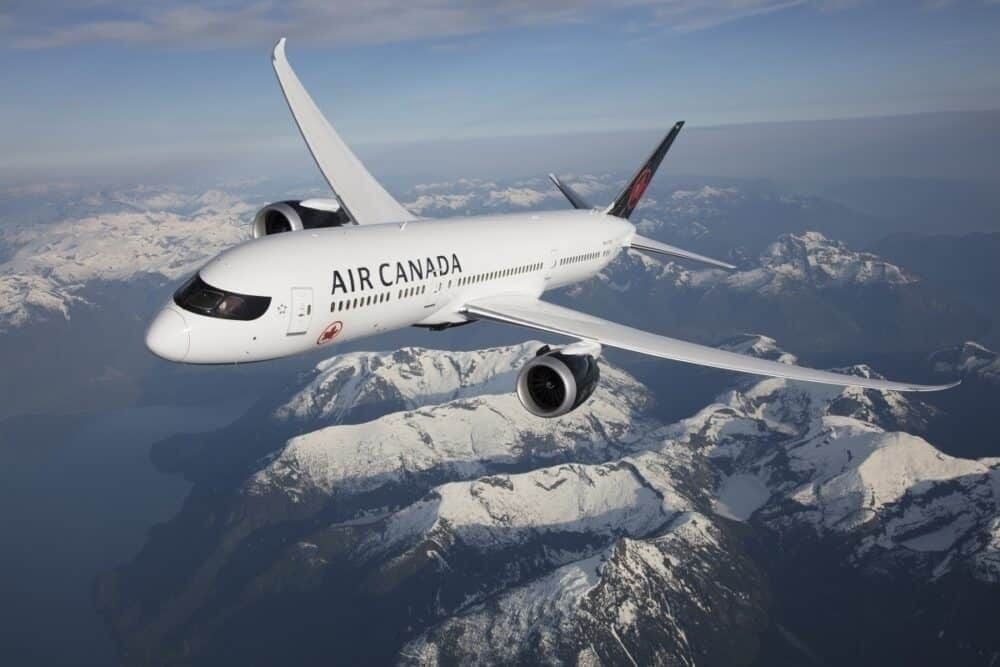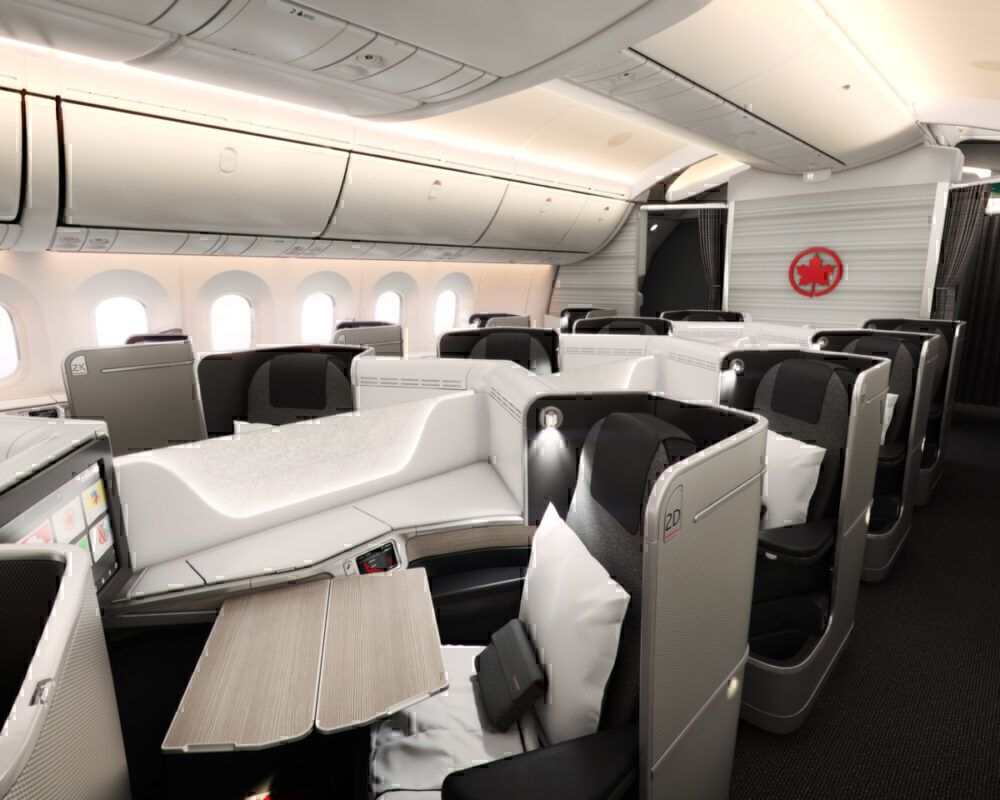It’s just a few weeks now until the new and revamped Aeroplan launches, which will see several passenger-friendly changes taking place. On top of what Air Canada spent to take the program back in house in 2017, it has invested the value of a new widebody aircraft in perfecting the digital structure to support the new plan. Mark Nasr, Vice President of Loyalty and E-Commerce at Air Canada, discussed these changes.
The new Aeroplan is putting digital first
Air Canada has been planning on a 2020 launch of a new, in-house loyalty program for many years. When it bought back Aeroplan in 2017, it was with a goal to still create a new, better frequent flier program, but now with the established Aeroplan branding.
Stay informed: Sign up for our daily aviation news digest.[ege_cards_related id="0"]
Speaking at the recent World Aviation Festival, Mark Nasr, Vice President of Loyalty and E-Commerce at Air Canada, commented on the buy-back of Aeroplan, saying,
“When the decision came in 2017, given this new, stronger platform we have and the changes to customer expectations and partnership deals in the decade and a half since the decision was made, then a very different decision became the best and right decision for us at the time.”
However, the overhaul of Aeroplan has not been cheap. Air Canada has implemented a digital-first strategy, ditching a 30-year-old booking system acquired from British Airways in 1992, in favor of a much more agile platform from Amadeus. Indeed, the digital transformation of Aeroplan has involved numerous partners and has cost the airline as much, if not more, than adding another Dreamliner to the fleet. Nasr noted,
“We're investing an amount equal to a brand new, modern, widebody aircraft. Just to put it in perspective, nine figures is the investment in the new loyalty platform and the associated digital channels and other things that will benefit Canada.”
Leveraging the benefit of loyalty during the pandemic
We’ve seen a number of airlines using their loyalty programs to keep cash flowing during the pandemic. In many cases, this has involved using the value of these plans to leverage commercial loans. In others, we have seen devaluation of miles, something that doesn’t encourage people to keep spending.
For Air Canada, neither of these options were seen as the right way to use Aeroplan to sustain cash flow. If anything, the airline has upped the value and importance of its miles, launching promotion after promotion and encouraging non-fliers to keep spending with its credit cards and earning its miles. Nasr noted how, in many cases, Aeroplan accelerated the inclusion of ground-based partnerships in order to keep the program valuable to its members. He said,
“We were already planning on a series of new partners to the programme, but we’ve fast tracked some of them. The best example is Uber Eats, which is now a primary delivery service in North America. And they're now a partner of the airline programme.”
Nasr noted how Uber Eats should have been introduced to Aeroplan in the first quarter of next year, but given the impetus to make the program attractive to non-fliers during the downturn, this was accelerated. Uber Eats was added in late May.
When the new program launches, long trips will require more miles. This could be seen as a form of devaluation, but in reality, because the airline is removing the fuel surcharges from the booking, the miles are just as valuable, if not more, than they were previously.
What’s different about the new program?
The new Aeroplan, set to launch on November 8th, sets out to win back the loyalty of Air Canada’s frequent fliers. With many feeling burned by the airline’s decision to hand out vouchers instead of cash refunds when the pandemic began to bite, this is a great goal and a much-needed incentive. In terms of changes, most seem very positive. For example,
- Banishing blackout dates: Members can now redeem points for any available seat
- No more surcharges: On Air Canada flights, no cash surcharges such as fuel fees will be applied
- Points predictor tool: This tool will allow members to accurately predict the number of points required for a specific reward
- Family sharing: Members of the same household can merge points for free
- More non-flight rewards: More things can be bought with Aeroplan miles, including electronics and merch
- Combined points and cash: Members can redeem points with a cash top-up for flights
Nasr has been leading the overhaul, which has included getting feedback from over 36,000 customers. He said that many of the improvements are destined to make Aeroplan more appealing to leisure travelers, as well as those frequent flier business members.
“We spent the last three years redesigning the programme to have a lot more appeal to leisure and infrequent travellers.
“Aeroplan before was extremely popular, with a 91% preference in Canada from a business traveller perspective. But where we really had an opportunity was leisure and those people taking three trips a year or less. And as we look to the recovery, those are the groups that we think are going to come back soonest.”
Across the industry, business travel is widely regarded as the segment with the longest recovery period post-COVID. With a plan that appeals as much to the annual family vacation takers as to the weekly business flier, Air Canada is in a strong position to maintain a valuable loyalty scheme going forward.
Why did Air Canada sell Aeroplan in the first place?
Back when Aeroplan was spun out of Air Canada, the industry was still in a recovery period following the September 11th attacks. It was a tough time for aviation, and globally, the economy was about to crash. It was an expensive decision, one that cost the company $450 million to reverse, but Nasr says the airline would do it all again.
“The drivers for why it was done 15 years ago and the value of delivered to Air Canada… we would do it again, if we were back in that situation at that time. The Aeroplan spin out was a big part of what financed Air Canada's business model overhaul and recovery.”
Given that one in every $9 spent in Canada is done using an Aeroplan credit card, it was the right decision to buy it back. Given the extended downturn in travel anticipated post-COVID, Air Canada’s creative use of its overhauled loyalty program will see it in a strong position for the years to come.

